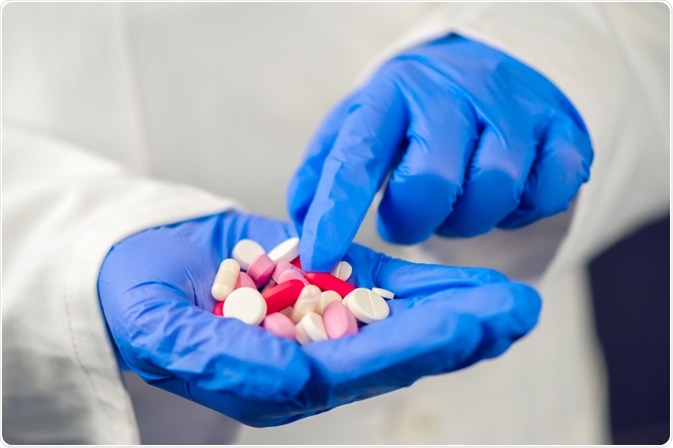
To ensure that the medication product maintains the appropriate efficacy and purity following transit and storage, such testing is crucial. The active pharmaceutical ingredient (API) and other pharmaceutical product components could alter physically due to impact, vibration, abrasion, temperature and humidity changes, microbiological changes, or degradation processes. Such modifications may diminish its effectiveness or cause the development of harmful breakdown products.
To ensure that pharmaceutical products follow post-production quality standards up until the point of consumer use, rigorous testing is carried out. The results of stability testing are used to indicate on the product label the period of time for which the medication’s safety and efficacy are guaranteed.
Stability testing data are needed for regulatory approval of a novel medicine or formulation, and such testing is currently subject to stringent requirements. It is necessary to separate and characterize each component and end-product of forced degradations using established methods.
Hence, stability testing is a difficult process since a number of variables that could affect stability must be evaluated. Moreover, pharmacological entities are evolving into more complex forms, which makes it harder to reliably separate and identify each element. This has increased the need for sensitive and economical analytical approaches.
A stability-indicating test must be specifically tailored for each drug product so that the content of active ingredients and degradation products can be accurately measured. Since there is no single assay or parameter that can characterize complex pharmaceutical products, the manufacturer is required to propose a stability-indicating methodology and demonstrate that it is adequate to detect changes in the identity, purity and potency of their product.
At Pittcon 2019, Kim HuynhBa of Pharmalytik will be discussing the importance of accuracy and precision in stress testing methodologies and the key aspects to consider in the development and validation of stability-indicating methods in her presentation entitled “Key Factors to Develop Stability-Indicating Methods for Pharmaceutical Products”.






